World Braille Day celebrated since 2019, is observed to raise awareness of the importance of Braille as a means of communication in the full realization of the human rights for blind and partially sighted people.
What is Braille?
Braille is a tactile representation of alphabetic and numerical symbols using six dots to represent each letter and number, and even musical, mathematical, and scientific symbols. Braille (named after its inventor in 19th century France, Louis Braille) is used by blind and partially sighted people to read the same books and periodicals as those printed in a visual font.
Braille is essential in the context of education, freedom of expression and opinion, as well as social inclusion, as reflected in article 2 of the Convention on the Rights of Persons with Disabilities.
History of Braille Day
World Braille Day is celebrated every year on January 4th because it’s Louis Braille’s birthday who was the inventor of Braille. Louis was born in France in 1809. He became blind after an accident when he was 3 years old. But, he quickly mastered his new way of living.
At 15 years old, Louis created a reading and writing system based on Charles Barbier’s night writing system which today is known as Braille. Over time, Braille has been made easier to read and used for the blind all over the world.
Why is it Worth Celebrating?
World Braille Day is basically a reminder of the importance of accessibility and independence for people who are blind or visually impaired.
The reality today is that many organizations or establishments such as café’s, restaurants, banks, and hospitals don’t offer Braille versions of their print materials like menus, statements, and bills because of this, people with blindness or visual impairments often don’t have the freedom to choose a meal on their own or keep their finances private.
Hence this day helps to spread awareness about Braille and other accessible forms of communication. Everyone deserves (and is legally entitled to) the same accommodations and service, regardless of their ability so we need to remember that and do everything in our power to make the workplace more accessible for everyone.
COVID-19 and people with disabilities
Even under normal circumstances, persons with disabilities—one billion people worldwide— are less likely to access health care, education, employment and to participate in the community. They are more likely to live in poverty, experience higher rates of violence, neglect, and abuse, and are among the most marginalized in any crisis-affected community.
For the visually impaired, life under lockdown has posed several issues in terms of independence and isolation, especially for people who rely on the use of touch to communicate their needs and access information. The pandemic has revealed how critically important it is to produce essential information in accessible formats, including Braille and audible formats. Otherwise, many persons with disabilities could face a higher risk of contamination due to a lack of access to guidelines and precautions to protect and reduce the spreading of a pandemic. COVID-19 has also emphasized the need to intensify all activities related to digital accessibility to ensure the digital inclusion of all people.
During the COVID-19 pandemic, many good practices have been implemented by parts of the United Nations system to promote a disability-inclusive response to the COVID-19 and disseminate information in Braille.
In Malawi, the United Nations Development Programme (UNDP) has produced 4,050 Braille materials on awareness and prevention of COVID-19. In Ethiopia, the Office of the United Nations High Commissioner for Human Rights (OHCHR) disseminated audio information, and education and communication materials, to media professionals, and has developed Braille versions of the educational messages. UNICEF has produced guidance notes that are available in multiple languages and accessible formats (including Braille and ‘easy-to-read’). ‘COVID-19: Considerations for Children and Adults with Disabilities’ addresses such issues as access to information; water, sanitation, and hygiene; health care; education; child protection; and mental health and psychosocial support, as well as considerations for an inclusive workplace.
Celebrate Braille Literacy
Braille literacy is of importance in equal opportunities for people with blindness. Louis Braille, unfortunately, didn’t get to see how tremendously helpful his invention became as he died in 1852; two years before his alma mater, France’s Royal Institute for the Blind Youth, adopted a Braille curriculum.
By 1916, schools around the United States of America taught Braille to their students with blindness or visual disabilities.
Rubix cubes, watches, Lego-style bricks, and other innovations of today are constantly changing the way we use braille and helping in increasing braille literacy amongst the masses.
Hence you will be able to find braille on objects you use every day like ATMs keypad, elevator keys, calculators, and many more.
References:
https://www.un.org/en/observances/braille-day
https://brailleworks.com/what-is-world-braille-day/
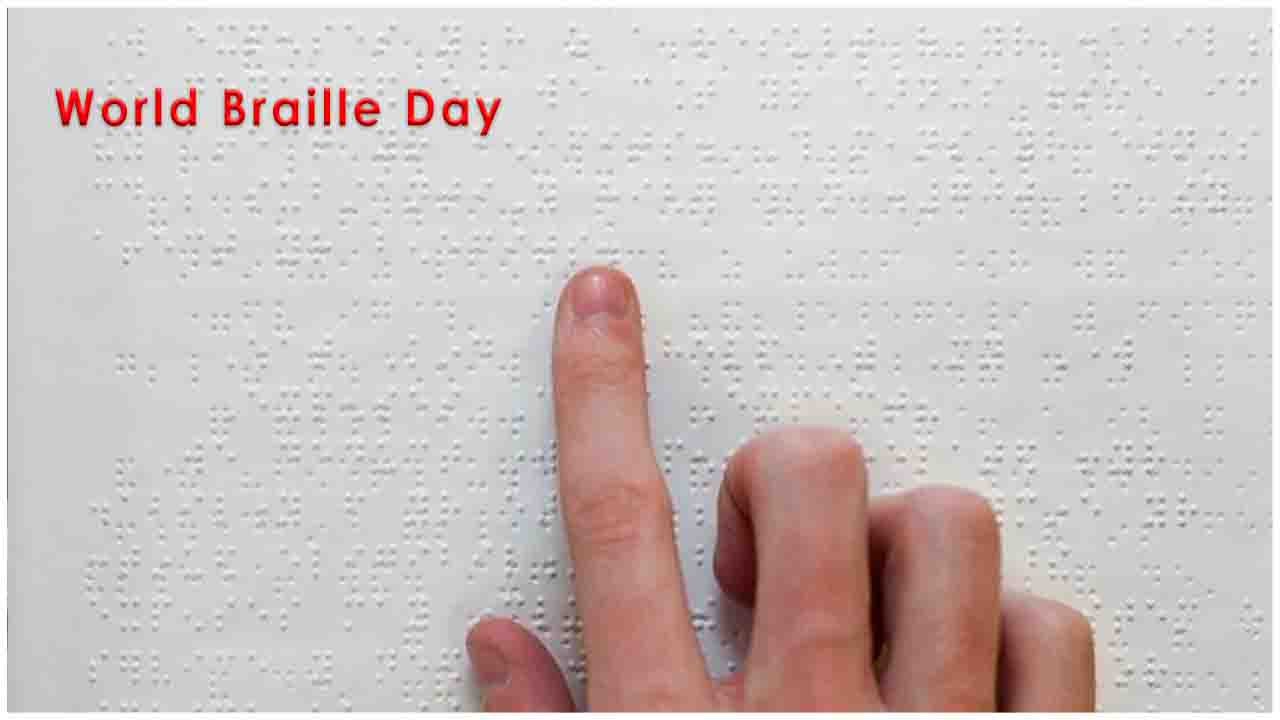
 World Braille Day is basically a reminder of the importance of accessibility and independence for people who are blind or visually impaired.
World Braille Day is basically a reminder of the importance of accessibility and independence for people who are blind or visually impaired.









.jpeg)

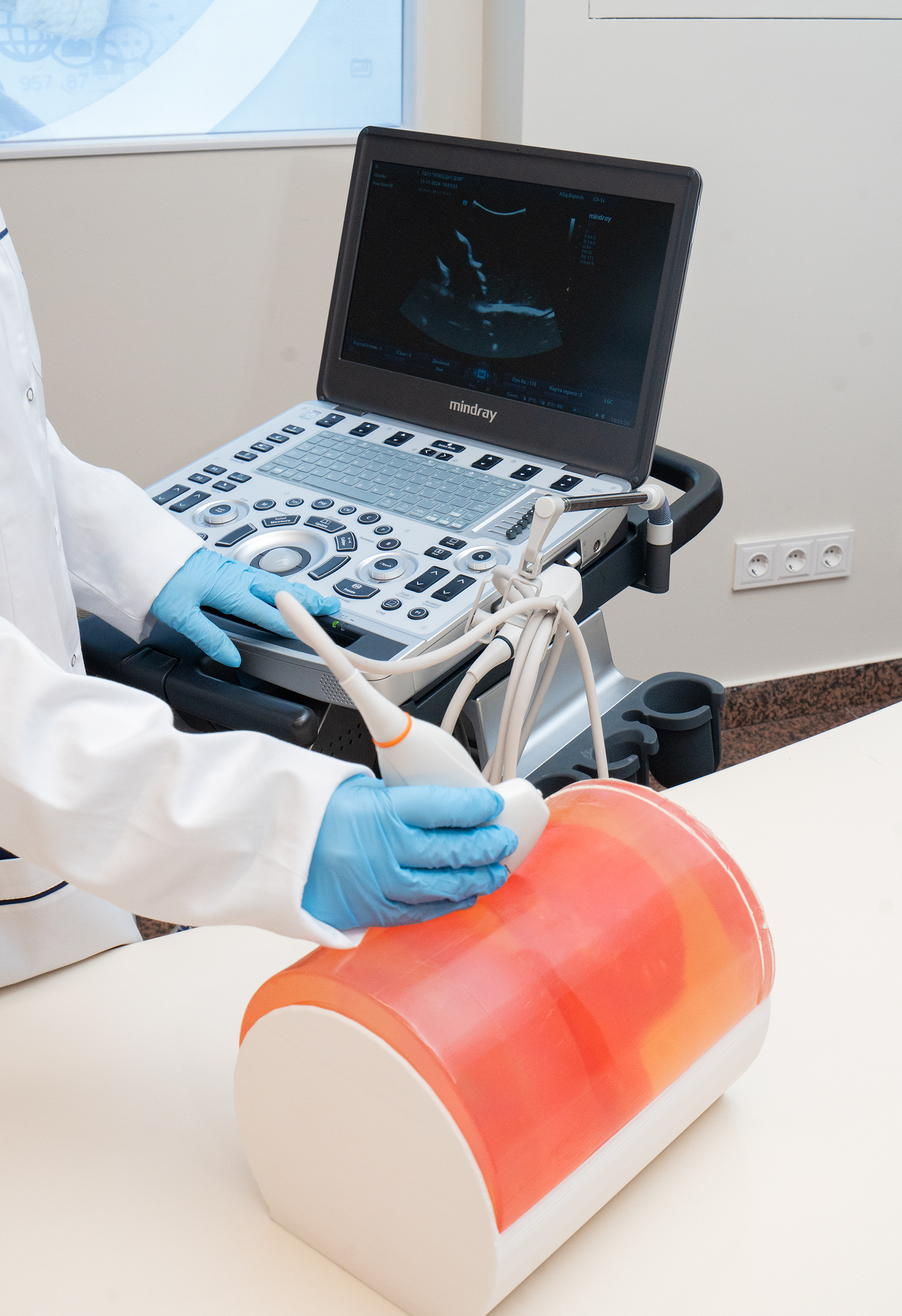
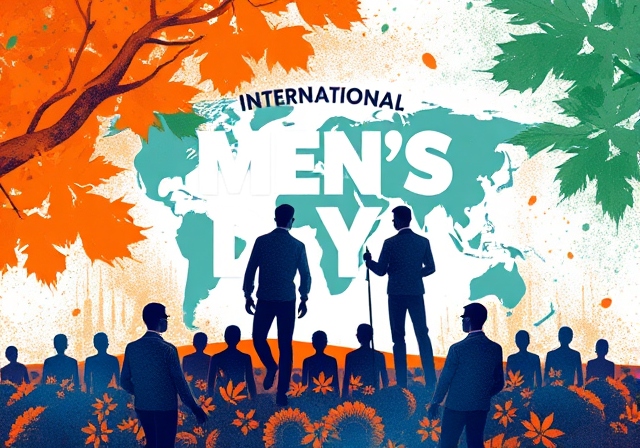
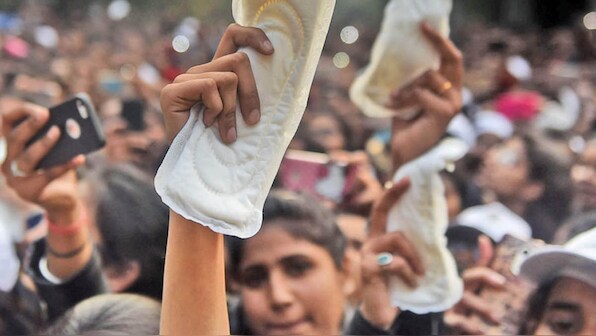
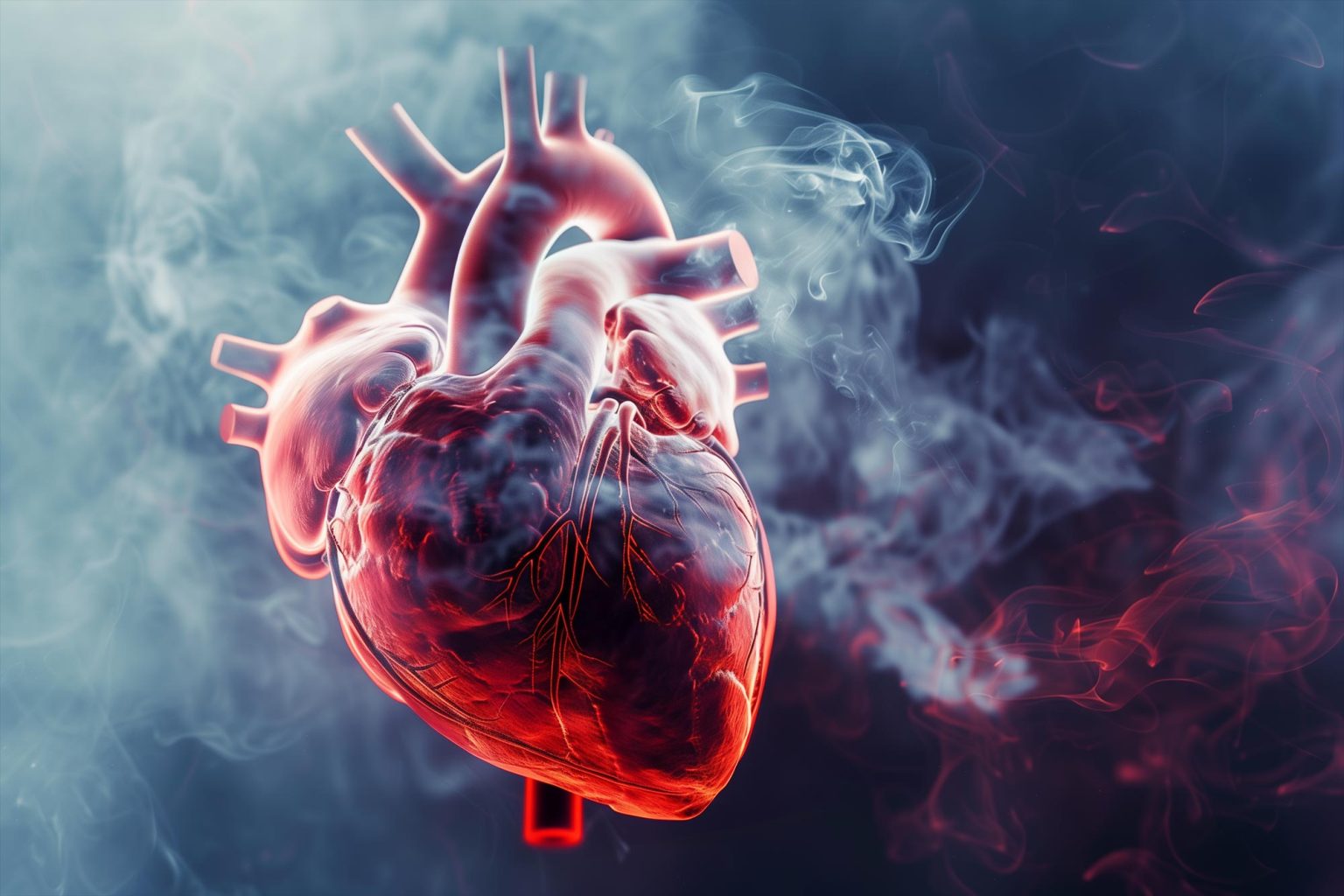

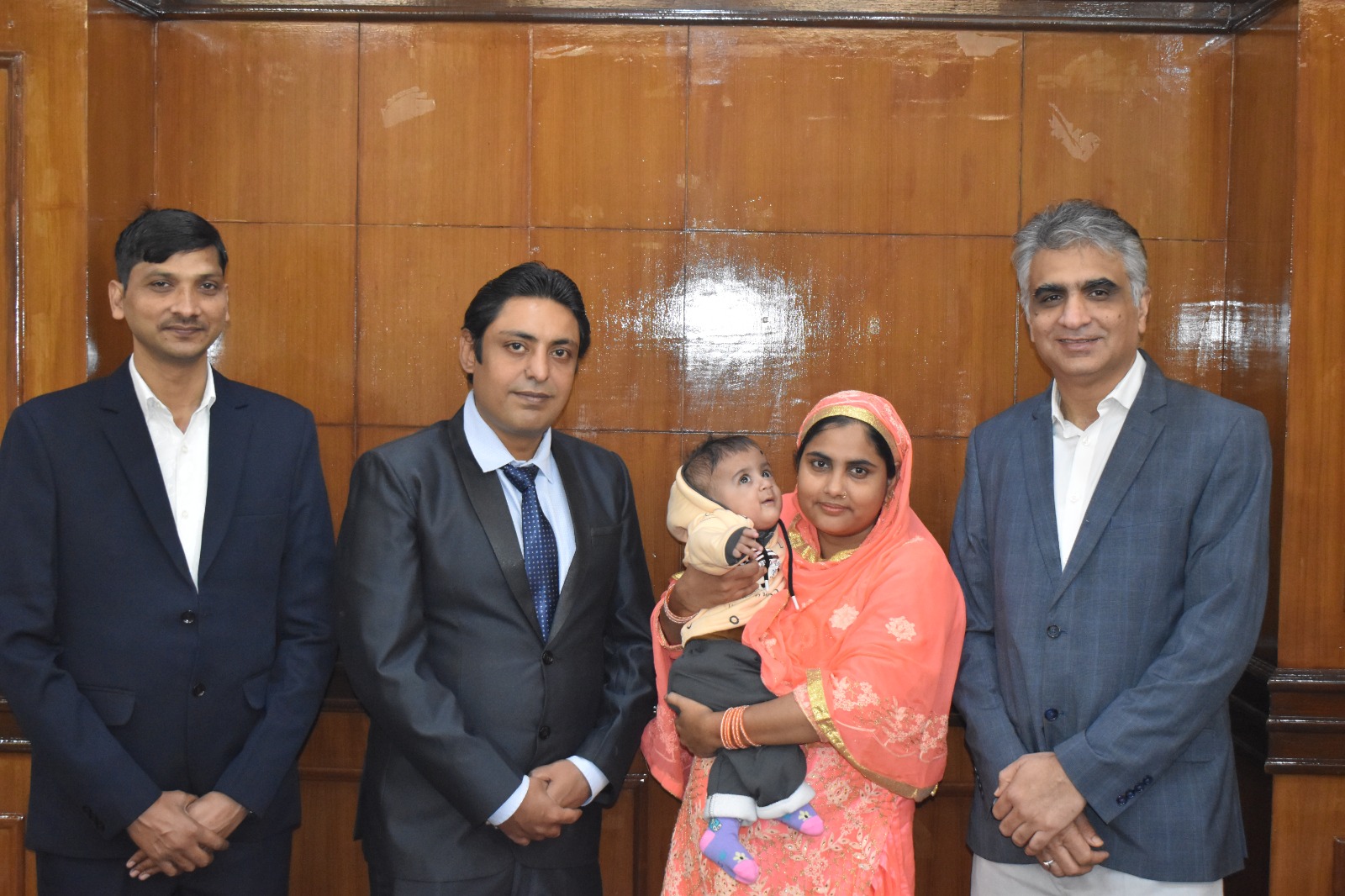
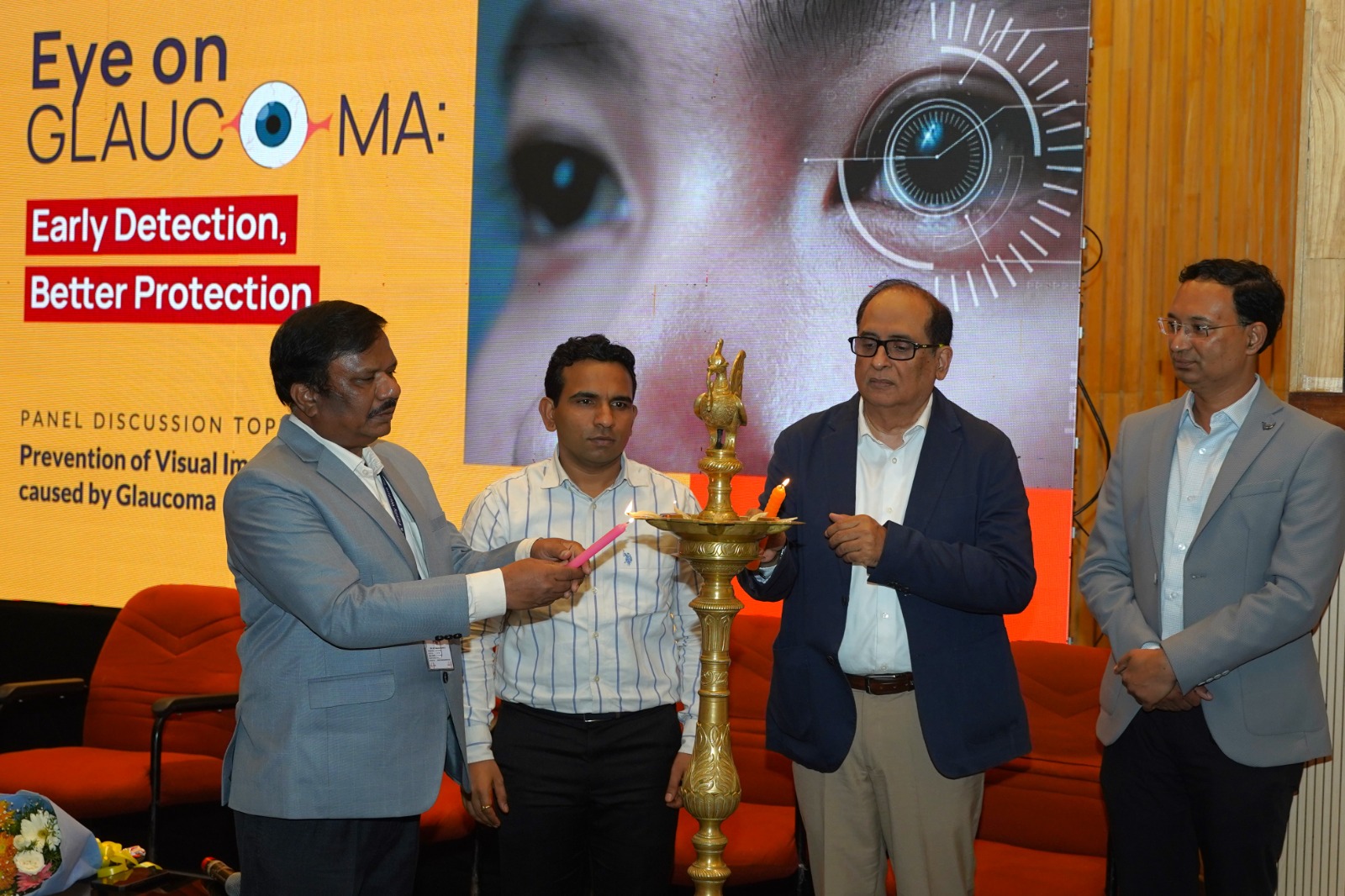
.png)
.png)

.png)
.png)
.png)

.png)
.png)
.png)

.png)
.png)